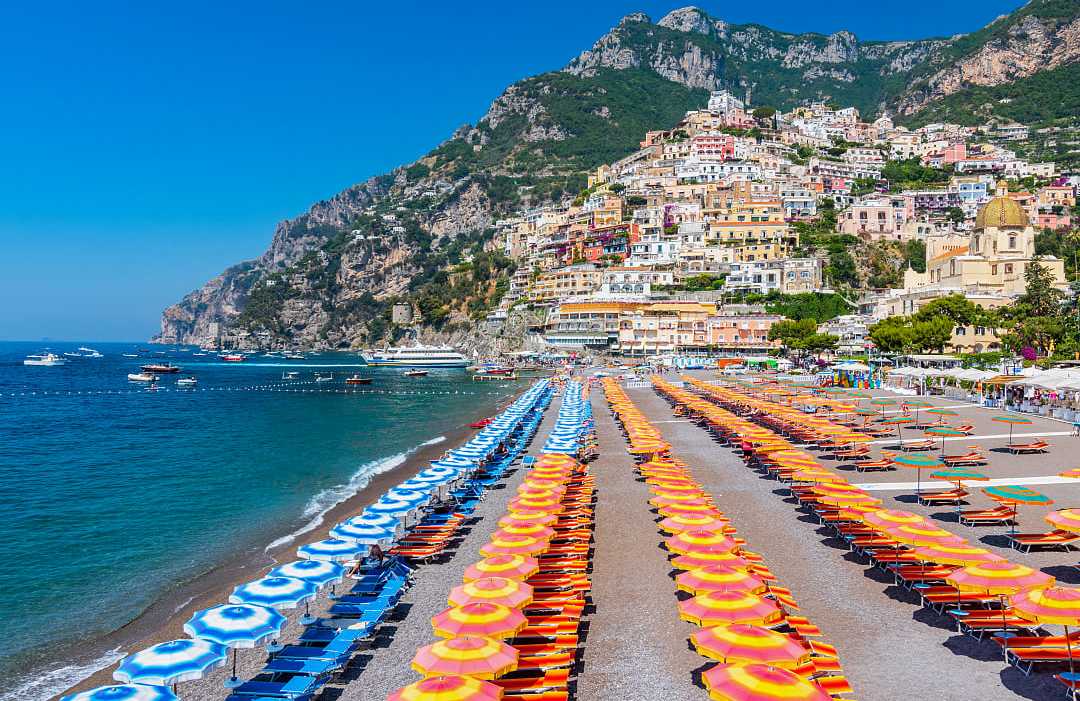Europe is one of the safest continents to visit. Despite the conflict in some eastern European countries, all destinations Zicasso serves have low crime rates and few threats to international travelers.
First-world Europe, including Italy, Greece, France, and countries in central and northern Europe, is safe as police forces are responsive and active, tourism safety is a priority, and cultures are warm and welcoming. That said, petty crime like pickpocketing occurs in the busiest parts of Europe, like public squares in major cities and at crowded landmarks. For this reason, we recommend being aware of your surroundings and concealing your valuables.
Depending on the type of trip you are planning or the destinations you are visiting, you may have other safety concerns, such as the prevalence of natural disasters or dangerous wildlife. For example, there are active volcanoes in Iceland and dangerous marine creatures like Orcas in Spain. When traveling with Zicasso, your destination expert will ensure you are paired with knowledgeable guides and partake in safe tours, mitigating these risks.
Summer in Europe can get extremely hot, with July its hottest month. For summer trips, we advise applying plenty of sunscreen outdoors and retreating to your accommodation or sheltered areas when the midday sun is at its hottest.








